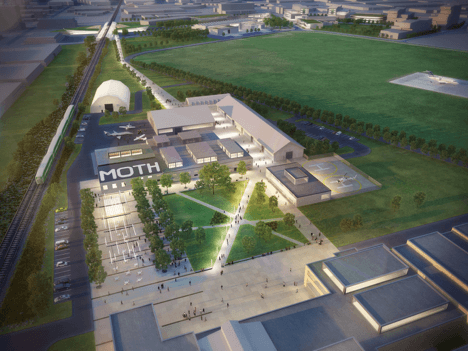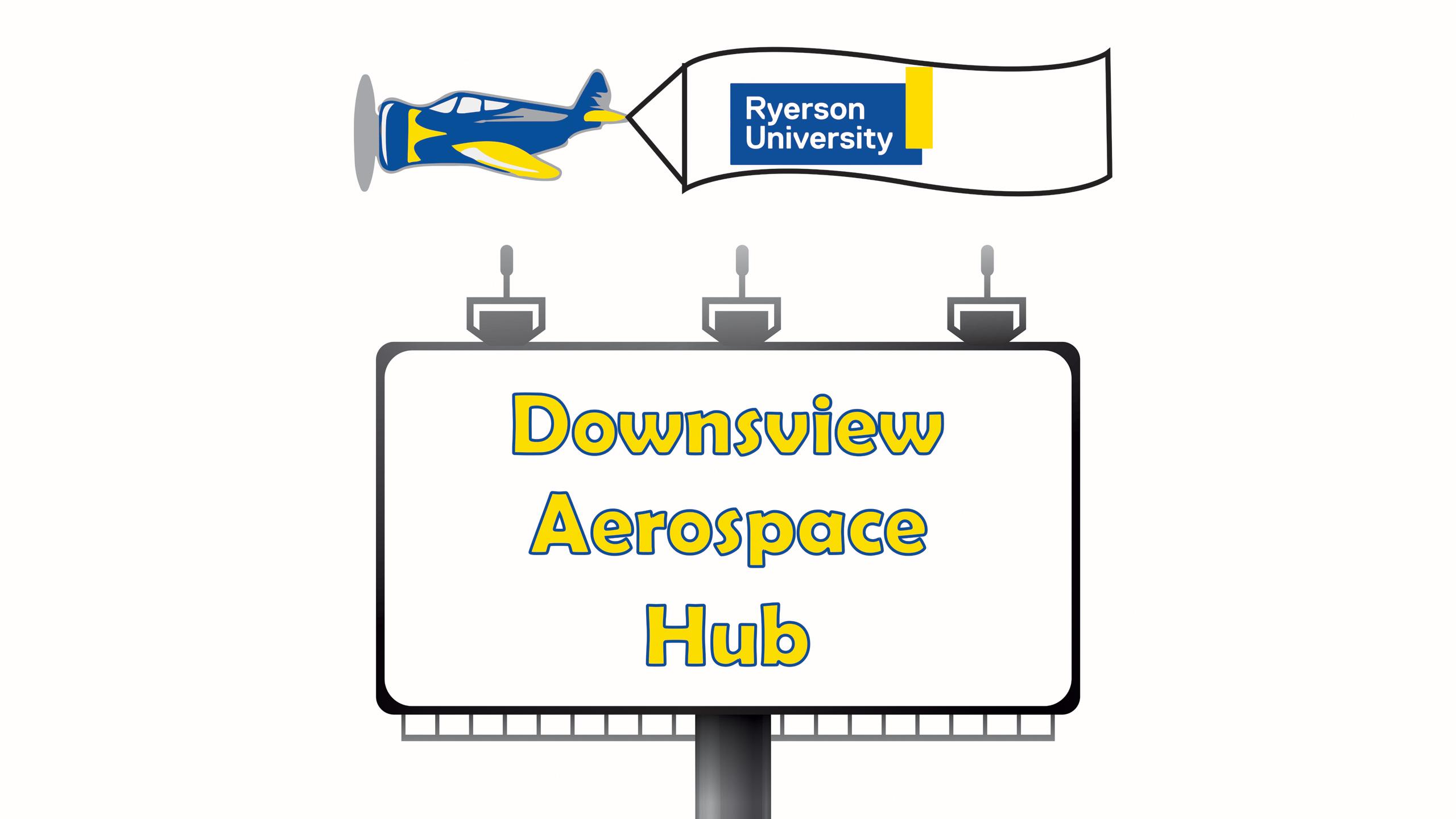By Georgia Mills
Ryerson University is collaborating with aircraft manufacturers and post-secondary institutions in the GTA on a new learning hub. It is set to open within the next five years and will be funded by aerospace companies.
According to Andrew Petrou, executive director of the Downsview Aerospace Innovation and Research Consortium’s Innovation Centre (DAIR), the space is hugely positive for collaboration amongst Toronto academic institutions looking to advance in the industry.
“It’s a game changer,” Petrou said. “We’re competing on a world scale.”
“[The DAIR’s] goal is to create a focal point for government, industrial organizations and academic institutions with a common interest in aerospace [and] to obtain the benefits of collocation,” reads a summary of the project sent by Paul Walsh, the chair of the aerospace and engineering department at Ryerson.
The centre is being financially backed by Canadian aerospace and transportation company Bombardier, among others.
According to Ryerson president Mohamed Lachemi, students and faculty will have access to research facilities and work mentorships. In addition, the hub will provide internship and employment opportunities for current and former students.

Photo Courtesy: Paul Walsh
There will be opportunities for projects to flourish specific to Ryerson and to collaborative endeavours—like Ryerson helping design the interior of an aircraft with Bombardier. “It’s not about engineering only, but also having people from FCAD in particularly to design a zone,” said Lachemi.
The text sent by Walsh noted that the benefits of the aerospace for students at Ryerson will include access to resources that Ryerson cannot provide, such as aircrafts and assembly facilities. Students will also have the opportunity to work in spaces for student teams.
One of these resources stems from an agreement made with Bombardier, said Lachemi. It will allow students, faculty and researchers to use space flight simulators, an aircraft wing testing facility and a drone development lab.
Lachemi said the university has been playing a key role since day one, alongside Centennial College. “When the idea started, it was Ryerson who wanted to be part of it.” University of Toronto and York University will also be joining the initiative.
Both Walsh and Petrou said that Ryerson was the first organization to put its foot in the door at the DAIR through its establishment of the Ryerson Aerospace Engineering Centre in 2017 and the Ryerson Institute for Aerospace Design and Innovation (RIADI) in 2003.
The institute was co-founded by Pratt and Whitney Canada (PWC)—an aircraft engine manufacturer—which aims to connect engineering students with Canadian aerospace companies. Since launching, they have grown to include more companies and completed over 470 projects.
“It’s not about engineering only, but also having people from FCAD in particularly to design a zone”
Since the space adjacent to the Ryerson Aerospace Engineering Centre is empty and in need of work, it is to be developed in the next few years as a physical space for DAIR.
“You just couldn’t buy this space downtown,” Walsh said.
Research is already going on today in the Ryerson Aerospace Engineering Centre, however Walsh suspects that the centre will run out of room. He noted that because of Ryerson’s long-standing relationship with DAIR, the university was able to earmark some space in the hub.
“We can expand into other research initiatives in that space,” he added.
Being close is ideal when conducting research or collaborating on projects since it’s easier to “walk across the street” instead of “having to phone somebody,” said Walsh.
“[It] has the potential to be a good, productive, collaborative environment,” he said.
There is also potential for an increase in research funding and strong collaborative links between academics and partners in the industry, according to the summary.
The DAIR will be open to the public once it is fully functional, housing some artifacts and serving as an educational space, Petrou said.
Petrou estimates the space will be fully functioning in the next three to five years.
With files from Sherina Harris










Leave a Reply